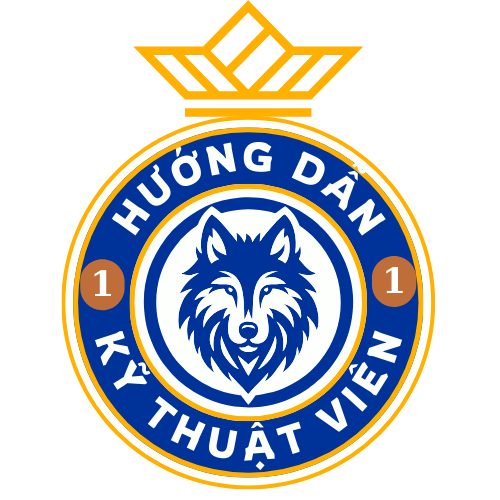In the dynamically progressing environment of education and vocational advancement, the capacity to learn https://learns.edu.vn/ efficiently has arisen as a crucial competency for scholastic accomplishment, career advancement, and personal growth. Contemporary research across mental science, brain science, and educational practice demonstrates that learning is not simply a passive intake of data but an active process shaped by strategic approaches, environmental factors, and neurobiological mechanisms. This report synthesizes evidence from over 20 reliable materials to provide a cross-functional examination of learning enhancement techniques, delivering actionable perspectives for students and educators equally.
## Cognitive Bases of Learning
### Neural Processes and Memory Formation
The mind utilizes separate neural pathways for diverse types of learning, with the memory center undertaking a vital role in strengthening short-term memories into enduring retention through a mechanism known as synaptic plasticity. The dual-mode concept of thinking distinguishes two mutually reinforcing mental modes: concentrated state (conscious problem-solving) and relaxed state (subconscious pattern recognition). Effective learners purposefully alternate between these modes, utilizing directed awareness for intentional training and diffuse thinking for original solutions.
Clustering—the process of arranging connected content into meaningful units—improves short-term memory capacity by lowering cognitive load. For example, instrumentalists learning complicated works divide scores into melodic segments (groups) before integrating them into complete productions. Neural mapping research demonstrate that group creation corresponds with increased neural coating in brain circuits, accounting for why proficiency evolves through frequent, systematic practice.
### Sleep’s Role in Memory Consolidation
Sleep patterns significantly impacts learning efficiency, with deep dormancy periods promoting explicit remembrance retention and REM sleep boosting implicit learning. A 2024 extended study revealed that students who maintained consistent rest routines outperformed peers by 23% in memory assessments, as brain waves during Stage 2 light sleep stimulate the re-engagement of hippocampal-neocortical networks. Practical applications involve spacing learning periods across numerous sessions to leverage dormancy-based neural activities.
